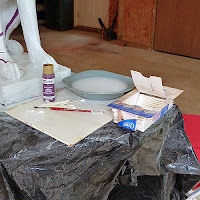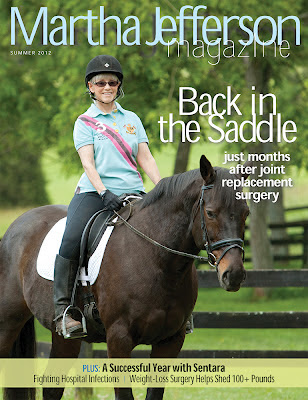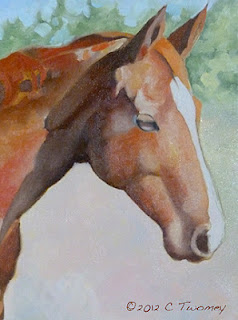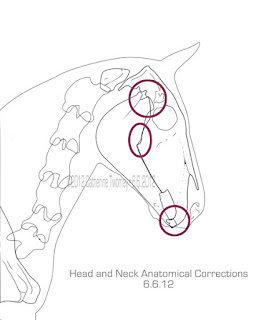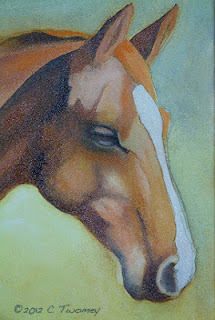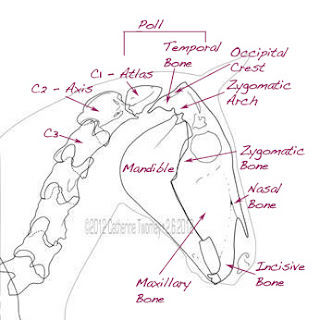• Although it's been many years since I've had to start out attempting to become a successful artist, and though the tools have changed, the basic principles remain the same. I'm still marketing all these years later, so I'm going to occasionally post edited versions of the questions asked, along with my responses.
Q: "My marketing strategy at this time is what I would consider bare-bones, but definitely not unknowledgable. As soon as I graduated from art school, I set to work gathering a long list of potential clients. I started at the magazine rack at Barnes and Nobles, and moved on from there to the internet. I find mastheads wherever I can, I grab the names and addresses for Art Directors, assistant ADs, Creative Directors, and so on, and I add them to the list. I do this whenever and wherever I can. Every three or four months, I then mail postcards with my work to everyone on this list. I feel strongly as if I need more diversity in my marketing strategy. I do not email because I can't be convinced that it's remotely effective or even worth the time that it would take to gather the few email addresses I could find (people seem to protect these better than their mailing addresses). I also believe that it's too easy to automatically get sorted into junk folders, whereas with a physical mailing, at the very least there's a good chance that someone will take a look at what I can do, at least for a few seconds. If I can grab their attention in that time, I win. If not, at least I had that shot."
A: Gathering contact information whenever and wherever you can is a
great start, as is creating and mailing postcards. Your take on emails is correct; they're
often lost, forgettable and viewed as somewhat lazy and intrusive.
• I have known people who've spent a large amount of money on
creating show-stopping, die cut, expensive mailers. I'm not convinced that's a
good investment. If you're already getting some calls from your mailings (and
they're not mega printing dollars to do) then your talent speaks for itself.
• From my experience, the same goes for purchasing (what are often
hugely expensive) ads in the big advertising books like the Black Book. Before
I would do anything like that, I would talk to some illustrator agents, art
directors, other illustrators, etc. to try to judge whether the investment is
worth it. I've spent thousands of dollars on ad books and sometimes gone for a
long time with no results, although some claim consistency of your message
(over the years) is critical.
• The world has changed a great deal, but you need to start doing cold calls. Mailings are not enough; they're too
passive. You need to constantly get to the front of people's minds, and you
can't do that if you don't talk to them and happen to connect with them the
moment they have a need for your work.
• Here's a sample of one of my early marketing pages which was published in a specialized medical art marketing book:
• Here's a sample of one of my early marketing pages which was published in a specialized medical art marketing book:


